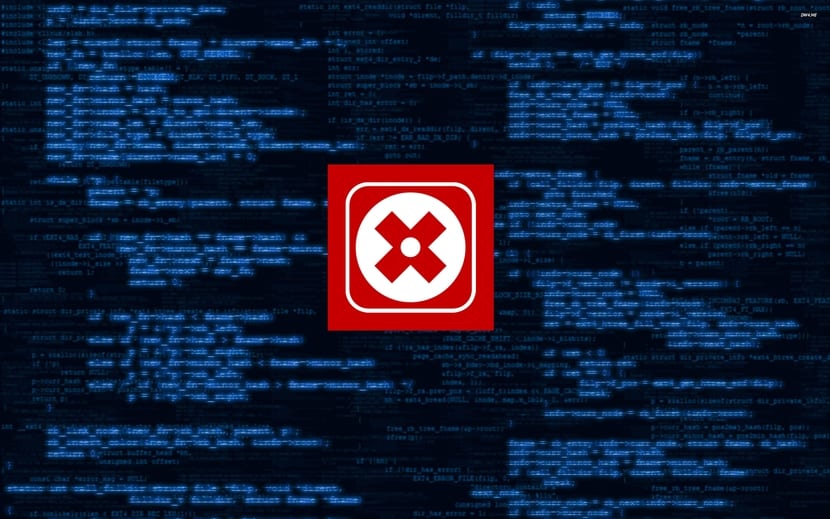
When we handle binaries with the help of package management tools, everything is very simple. We install and uninstall easily with the help of certain commands, but when we do it from the sources, that is, downloading the tarballs with the code and installing with the target install of make (make install), everything gets a bit complicated when it comes to uninstall the program. In some cases, we will have to spend a few minutes to look for all the files and once located, delete them.
This which seems like a very rudimentary way to uninstall a program is the only alternative for some programs. Others, on the other hand, have bothered to include a target unistall for make, so that with a make unistall they can be uninstalled in a more automatic and user-friendly way. However, now we are going to present you a good tool called GNU Store that will help you when uninstalling any program installed from the code ...
Simply put, what GNU Stow does is to centralize all installed packages from source code in one place using symbolic links. In this way, even if they are separated in different directories or places within our filesystem, for Stow they will all be in the same place. That makes things much easier when it comes to uninstalling programs with ease when we no longer need them.
You can use your favorite package manager (pacman, apt, dnf, yum, ...) to install the package called stow and it will be easily installed from your distro repositories. Once installed, all packages installed from source will "be" in / usr / local / stow /. There will be private directories for each package, such as / usr / local / stow / qemu, in case we had installed QEMU from its sources. If we wanted to uninstall it, it would be enough with:
cd /usr/local/stow/ sudo stow --delete qemu
And it's already uninstalled!
Also analyze in a future installment, xstow, a vitaminized version of this program. Good entry!
Thank you very much for the contribution!
Very useful, did not know this tool.
I don't know if it's appropriate for me to put it here, but this page was one of the ones that came up in the search engine to try to solve my problem that I detail here:
I had to install genymotion using "sudo bash genymotion xxx.bin" and when I wanted to uninstall it I didn't know how or where, since it wasn't listed in the Synaptic package manager or anywhere else. After searching, because I couldn't find a simple way for someone who is just starting out in Linux, I found the following: (it is important to have the .bin with which it was installed) you have to right click on the screen -> open in terminal - > ls -> copy the full name of the .bin -> place: sudo bash [name of the copied program.bin] –uninstall
With this I managed to uninstall the mentioned program